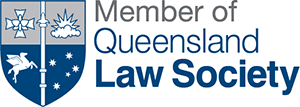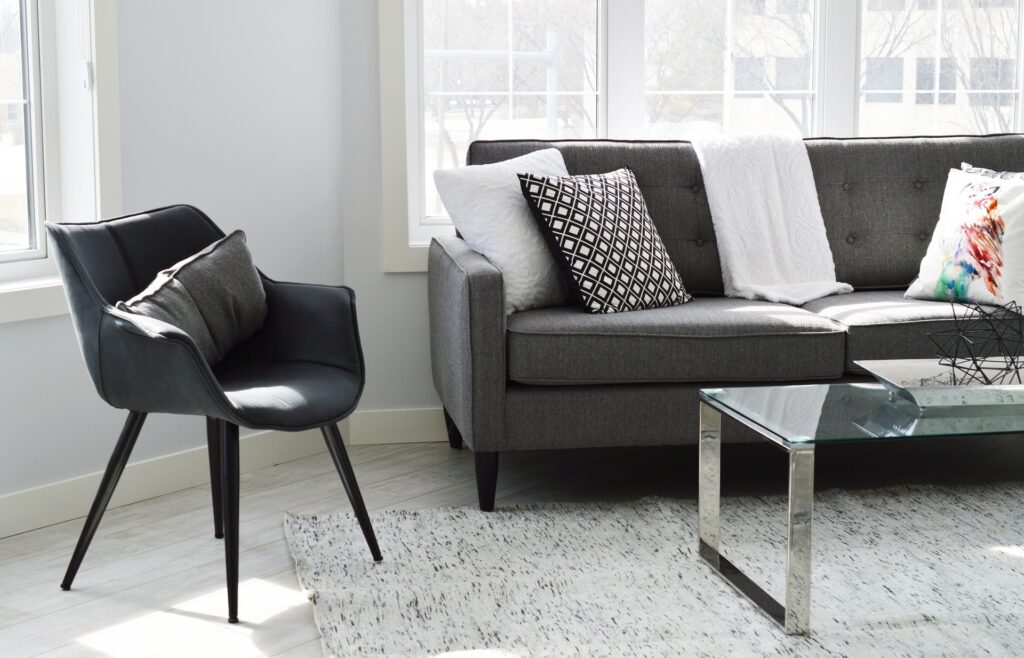Government’s First Home Loan Deposit Scheme Explained
Get a Quote
It's quick and easy to get a quote.
Simply leave us your name, phone number and what you need quoted and one of our expert conveyancing solicitors will call you straight back.


The Federal Government’s 2020 First Home Loan Scheme has been designed to help people who are entering the property market for the first time, by underwriting loans taken out by first home buyers.
The Scheme came into effect on 1 January 2020.
How does the Scheme benefit first home buyers?
The Federal Government’s 2020 First Home Loan Scheme will assist first home buyers by making entering the property market more accessible. By saving a deposit that is as little as 5% of the property’s value, first home buyers can forego the usually mandatory Lenders Mortgage Insurance, as the loan will be underwritten by the government.
Lender’s Mortgage Insurance protects the lender in case the borrower is unable to service their mortgage. For borrowers to avoid Lenders Mortgage Insurance they would usually have to pay a deposit of at least 20% of the sale price (depending on the lender). Not having to pay this insurance will save the first home buyer around $10,000 (with some sources citing savings of up to $30,000), however, the exact price depends on the policy, the property value and specifications of your mortgage.
Am I eligible?
To be eligible for the Federal Government’s 2020 First Home Loan Scheme you will need to apply through the National Housing Finance and Investment Corporation (NHFIC), which is the Scheme’s administering body.
The Scheme is open to individuals over the age of 18, who are earning up to $125,000 per year and couples who earn up to a combined income of $200,000 per year. A ‘couple’ is only considered as such if they are in a de-facto relationship or married. Siblings, a parent and child or two friends, for example, would not be considered a couple. Applicants must be Australian citizens.
You must also be able to prove that you have actively saved at least 5% of the property purchase price.
Although you may personally be eligible to benefit from the Scheme, not all property purchases are included. Properties must be considered as an ‘entry property’, which excludes high-value properties. In Queensland, the maximum property value in a capital city and regional centres (such as the Gold Coast or Sunshine Coast) is $475,000 and in all other areas, including Cairns, the cap is $400,000.
Can I draw on my superannuation under the Scheme?
The First Home Super Saver Scheme is separate to the Federal Government’s 2020 First Home Loan Scheme but they can be used in conjunction with each other. When considering if you can use your superannuation as a deposit, the short answer is ‘yes’, however, this depends on your personal circumstance.
Under the First Super Saver Scheme, those who have made voluntary contributions to their superannuation (i.e. those who have paid more into their super accounts than their employer contributions) are eligible to draw upon the contributions in order to obtain the 5% deposit needed to make a property purchase. This is capped at $30,000 for singles and $60,000 for couples.
Are there any drawbacks to the Federal Government’s 2020 First Home Loan Scheme?
Only 10,000 home buyers will benefit from the scheme each year, as the government has capped its support. As a reference point, around 110,000 property purchases each year are made by first home buyers, which means only around 9% of first home buyers will be able to take advantage of the Scheme.
If you enter the Scheme, you will be supported for the duration of the mortgage, but if you refinance your loan and still owe more than 80% of the mortgage, you will need to take out Lender’s Mortgage Insurance. Your mortgage will also only remain guaranteed by the government for as long as you continue to live in the property. This means that if you choose to rent it out and you still owe more than 80% of mortgage, you will be required to start paying Lenders’ Mortgage Insurance.
A lower deposit may also mean access to less lenders, depending on their minimum requirements. You may also miss out on special rates offered by lenders to those with a larger deposit.
The biggest drawback, however, is that due to the smaller deposit being made, the amount owing on the mortgage will be larger and potentially longer and may attract more interest (depending on your future earning capacity and ability to pay the loan down quicker). If you can afford to pay more than a 5% deposit, you should consider how this may benefit your financial position in the long term.
The biggest benefit of the Scheme is for first home buyers who may be actively saving but are kept out of the property market due to the time it typically takes to save a 20% deposit combined with the rate at which property prices are rising. For these individuals or couples, they should be able to enter the market sooner if eligible and their applications are accepted.